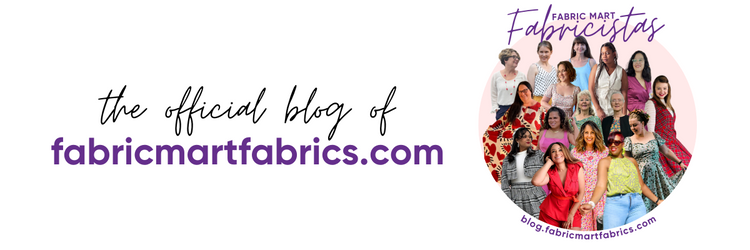Recently, I was asked to make clutch purses for a wedding with five bridesmaids. When I was asked to do this, I had no problem...except for that she wanted metal frames on them! I confidently agreed to it, but in reality had never done it before! I had a kit I bought a few years ago, and decided this was probably a good time to try it out. After only 45 minutes, I had a cute little clutch and couldn't wait to make more! So I ordered some metal frames and got to work!

What inspired me to make this tutorial was the fact that the bride's mother bought the fabric to make the clutches from Fabric Mart! She chose a beautiful champagne color silk dupioni that was paired with a rich teal polyester charmeuse. The teal charmeuse was leftover from the bridesmaid dresses.
These directions are for one metal-framed clutch made from silk dupioni. Please note that because I was making five different bags, you may see a different "front" to the bag in some of the pictures. You will also see a flower embellishment and hand-embroidery on the inside of the bag. Directions for these will not be shown.
You will need:
- Pattern
- 1- 8" metal clutch frame (I got mine at: Upstyle Design)
- 1/4 yard of silk dupioni (or other fabric)
- 1/4 yard of lining
- 1/4 yard of light-medium weight interfacing
- 1/4 yard of felt or lightweight fleece
- thread to match
- 1 yard of 1/8" cording (similar to wash line)
- industrial glue (with a thin application tip works the best.)
- sewing machine with appropriate needle. (I used a #10 needle)
- pins
- marking pens
- scissors
1) Cut out your pieces: two from the silk dupioni, two from the lining, two from the interfacing and two from the fleece.
2) Fuse the interfacing to the wrong side of the silk dupioni. Layer the fleece and dupioni so that the two fabrics are sandwiched in between the two fleece pieces. Sew the sides and the bottom together.
3) To make the bottom of the bag, open it up, and pinch together the corners so that the sides meet the bottom. Pin and sew one-inch from the corner. Do this on both sides.
4) Repeat steps to make the lining.
5) With wrong sides together, match up the seams and corners of the fabric and lining. Pin together. Sew all layers together with a 1/4" - 3/8" seam allowance around the top edge, making sure you're sewing through all layers.
6) Trim off any loose threads (especially if you're working with the dupioni, as it tends to fray a lot when working with it. Even out your seam allowance if necessary. Make sure to keep at least a 1/4" seam.
7) Squeeze industrial glue inside the metal frame. Starting at the hinge, push the bag into the frame. I used an old pair of blunt scissors to help me in this process. I pressed into the frame on the lining side of the bag because I would rather have any residual glue show there than on the outside of the bag.
*Make sure when you're pushing the bag into the frame that you check that both the outside and inside of the bag are being pushed in. Sometimes the outside of the bag gets neglected as you focus on the inside, so periodically turn to the right side and push from that direction.
8) While the glue is still wet, insert the cording into the metal frame slot to help secure the fabric in place.
9) Lay the bag on its side to dry overnight. Do not snap the bag shut while drying. The fumes from the glue tend to linger and keeping it open, helps take them away.
Fun things to try:
- Try different pleating techniques to make the front of your clutch bag more interesting.
- Add a fun brooch, flower, trim or other embellishment to jazz it up a bit.
- Embroider the initials of the person you're giving it to. Adds a touch of personalization to the bag!
We would love to see how your bags turn out. Email us a picture at: fabricmartblog@gmail.com.
- Download Julie's Clutch Pattern Here! -
- Download Julie's Clutch Pattern Here! -
~Julie








Regarding Step 8: on which side to you insert the cording? (outside or inside of the frame/purse)
ReplyDeletethanks!
The cording is inserted into the inside of the frame - the lining side.
DeleteI had recently made a beautiful purse from unused metal picture frames. It was really beautiful. I had no previous experience of this, but I used an online tutorial for the purpose. I have a good collection of photo frames at my home and I wanted to make a good use of my old frames so I thought of making a purse and this is really a nice idea.
ReplyDeleteThanks for the great idea! A Cheap Wallets For Women was given to me for Christmas this past year and it has gotten some heavy use. Thus an idea began to blossom.
ReplyDeleteAbsolutely gorgeous!
ReplyDelete